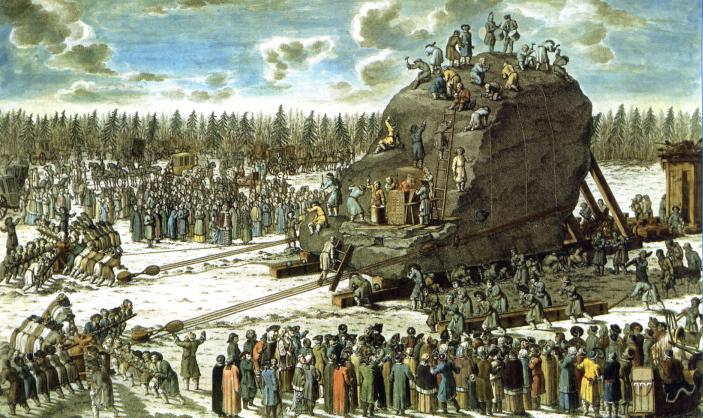I often marvel at how many buildings in the past were constructed without the help of machinery, and the same applies to moving large rocks across the countryside.
We recently watched a programme about how the great bluestones that form part of the stone circles at Stonehenge actually came from a quarry in Wales some 180 miles distant.
It has long been known that the stones were not ‘local’ to their current site in Wiltshire, and there have been various theories proposed over the years as to how the stones made the journey! One theory was that they were carried by geological forces during the ice age. More recently it was thought that they must have been transported by sea. However the fact that it is now known that the quarries from which the stones were sourced were on the north side of the Preseli Hills have led archaeologists to conclude that they may well have been hauled overland on wooden sledges.
There is a good article about the bluestones HERE.
This story reminded me about another, more recent, feat of engineering.
 |
The Transportation of the Thunder-stone in the Presence of Catherine II; Engraving by I. F. Schley of the drawing by Yury Felten, 1770
In 1768 a huge stone was found in the forests some 6 kilometres from St Petersburg. The peasants called it the Thunder Rock, because according to legend the split that cleaved it had been caused during a thunder storm. The rock is thought to weigh 1500 metric tons.
Once discovered, it was decided that this was an ideal base on which to mount Falconet’s great statue of Peter the Great, which was unveiled to the public in 1782 and which stands to this day in Senate Square in St Petersburg. When I visited as a student we had great fun sliding down it!
Like the bluestones the rock was transported manually, without the help of machinery to a barge and then taken on by water to St Petersburg as can be seen from the picture above.
